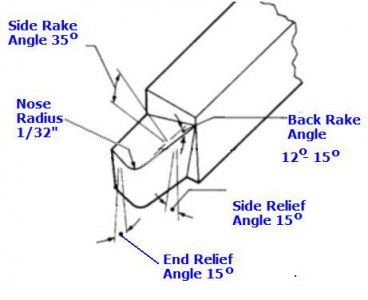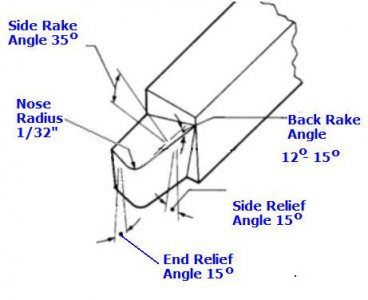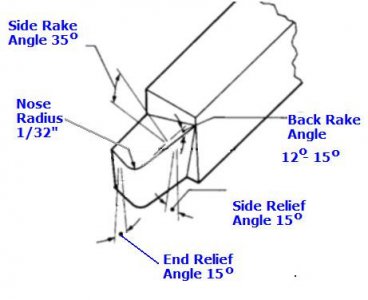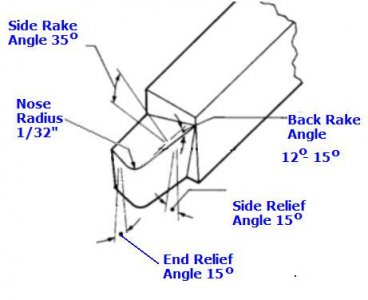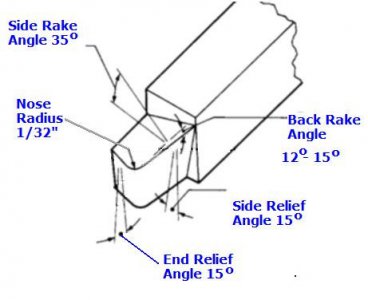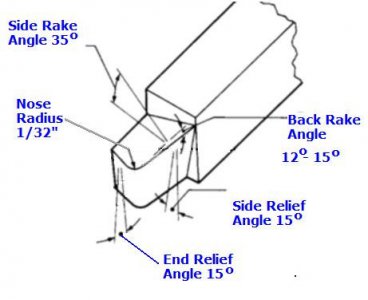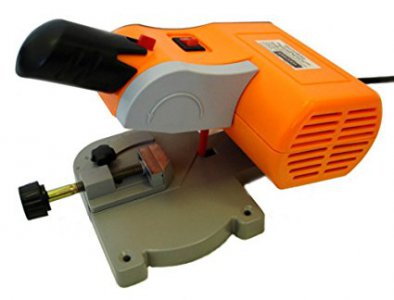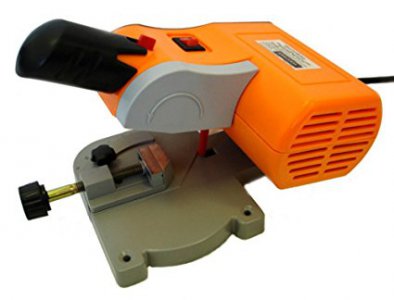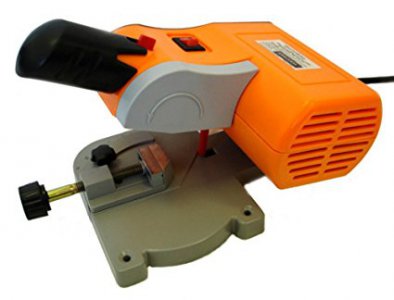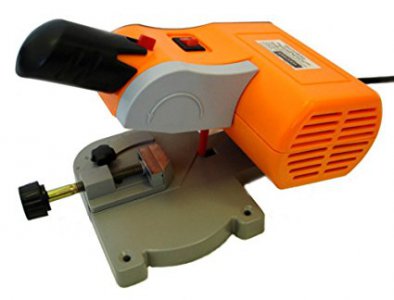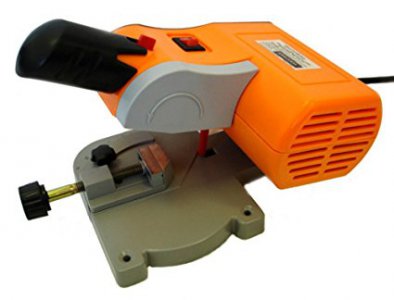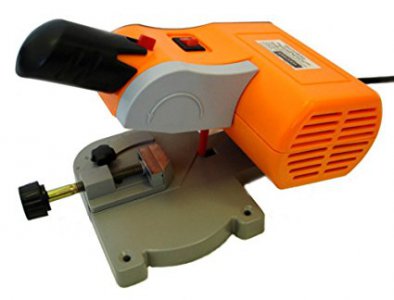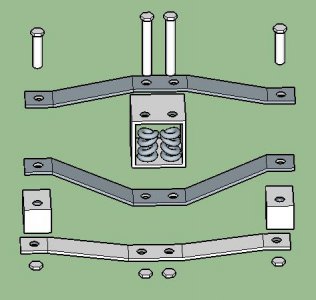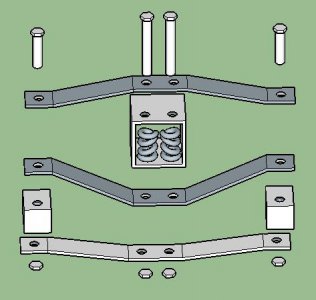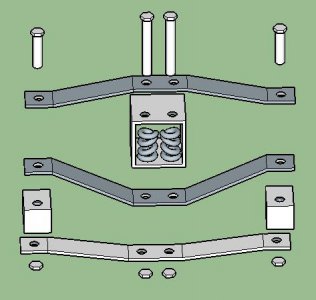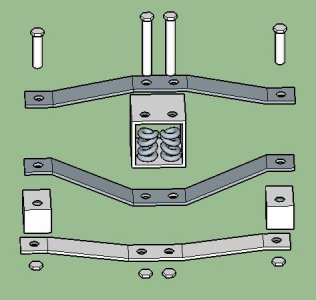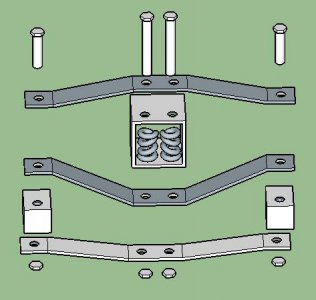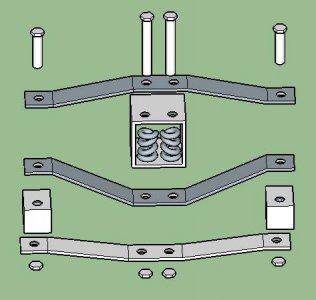- Joined
- Feb 18, 2016
- Messages
- 451
Hi everyone, I'm starting out on a new project to build railroad bogies in #1 or G scale. I'll need some help from experienced machinists.
This is my drawing of what my finished bogie will look like:
The Bogie
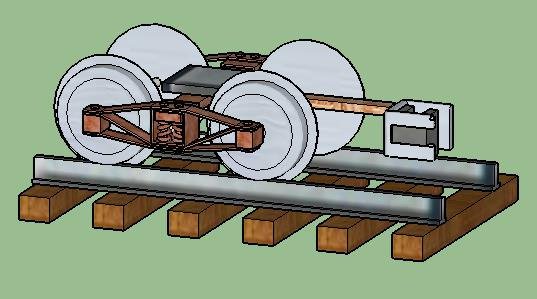
I'm going to start by making the wheels and axles. The axles will be 0.125" stainless round stock. The wheels will be made from 1.5" Aluminum round stock as shown in the drawing below:
Wheels and Axles
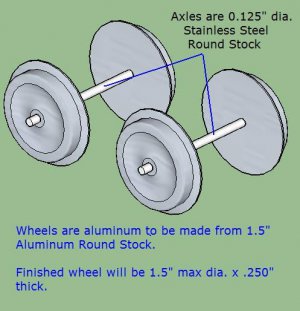
My FIRST QUESTION on PRESS FIT HOLE SIZE:
What size drill will I need to use to get a nice "press fit" for the 0.125 axles?
I want the axles to just press into the aluminum wheels and stay put. Also will I be able to just drill this hole, or will I need to buy a reamer too? The aluminum wheels are 0.250" thick and 1.5" max outside diameter.
I'm planning on cutting a recess on the face of the wheel for cosmetic purposes as shown in the photo below:
My SECOND QUESTION on HOW TO SHARPEN LATHE BITS:
What angles should I use on a H.S. steel lathe bit?
I'll be grinding my own tool bits from scratch using 1/4" tool bits. I'm planning on using a round-nose to do this concave recess, but I'm not sure how to sharpen this bit for best efficiency at cutting aluminum?
Recess
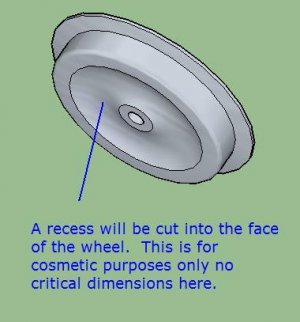
Finally I drew up a picture of how I'm currently planning on doing this whole operation.
1. First I'll drill the center hole.
2. Then I'll cut the cosmetic recess
3. Then I'll cut the flat on the wheel that will actually ride on the tracks along with the angle for the flange at the same time.
4. Finally, I'll use a 1/8" cut-off tool to cut the finished wheel off the aluminum bar stock. The back side of the wheel can just be flat.
My Machining Plan
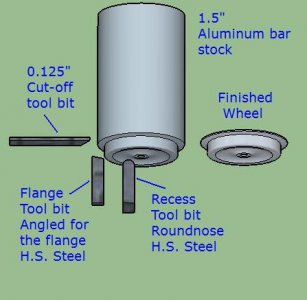
Just wondering if this sounds like a good plan and if anyone has any suggestions, especially for how to sharpen lathe bits for cutting aluminum. This is 6061 Aluminum.
My THIRD QUESTION on SET UP:
I also may need some help on how to set this up in the lathe. I just ordered the aluminum bar stock. It's not here yet. But it comes in 12" long bars. So I'll need to chuck up a 12" piece in the lathe. My lathe will easily chuck this, but the hole in the chuck is not large enough to allow the piece to go back into the head of the lathe, so this means that in the early going I'll be doing this operation at the end of a 12" long piece of stock.
Is that reasonable? Or should I cut these bars in half first so I'm only working with 6" stubs?
This is my first serious attempt at getting back into machining. I used to do machine work many years ago. But I haven't done anything lately.
By the way my lathe is an Enco combination lathe and milling machine very similar to this one, but not this precise model. They don't make mine anymore but this one looks extremely close in every detail I can see:
Lately I haven't been having much luck sharpening tool bits. I could use a lesson on getting the angles right.
Thanks
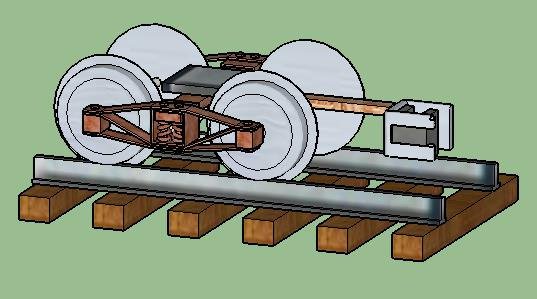
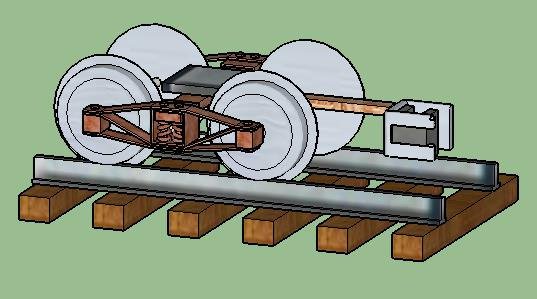
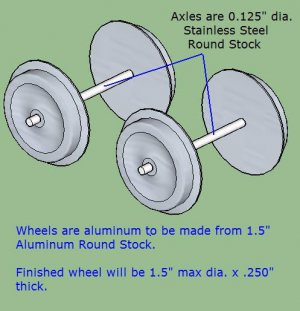
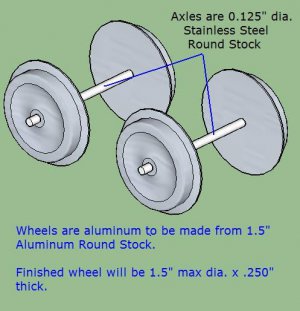
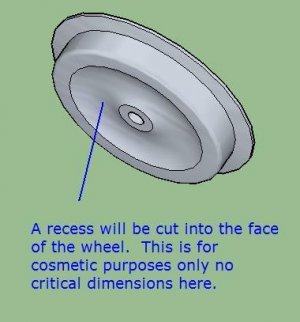
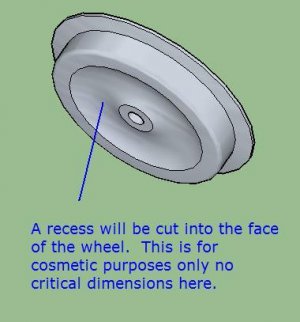
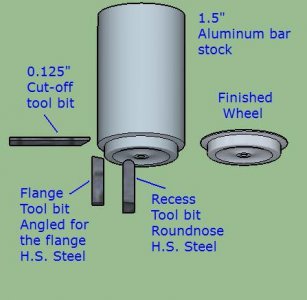
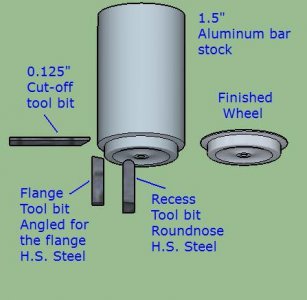
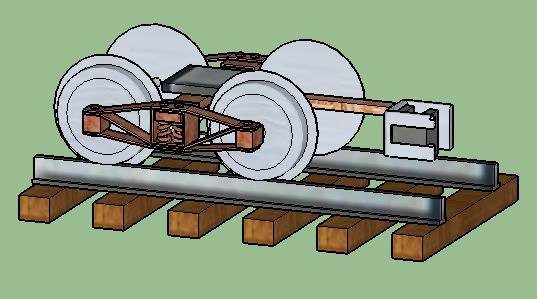
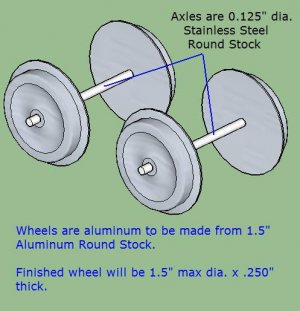
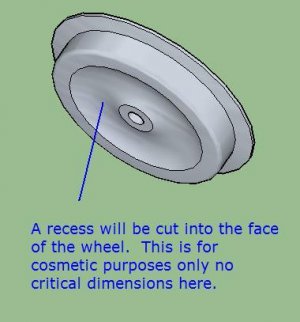
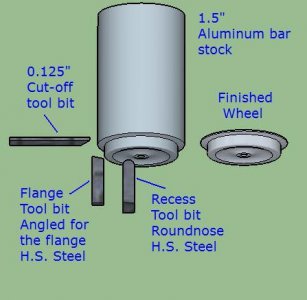
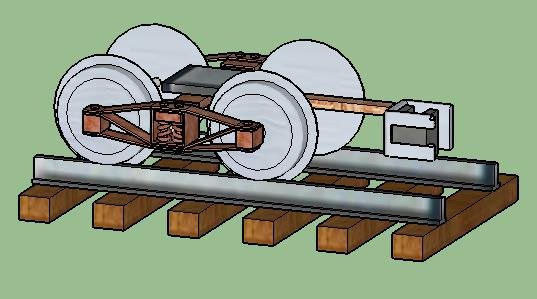
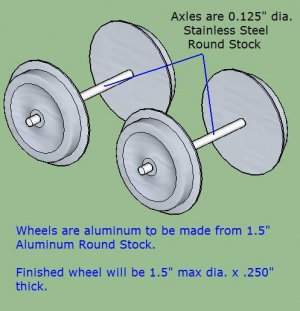
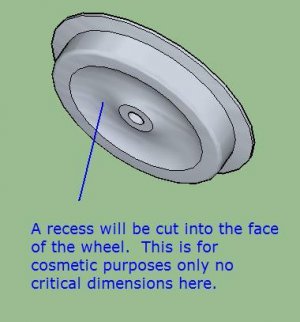
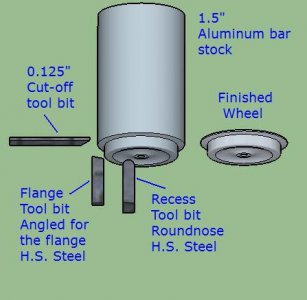
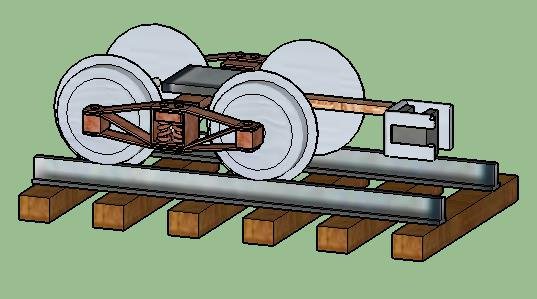
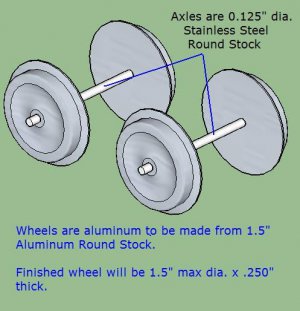
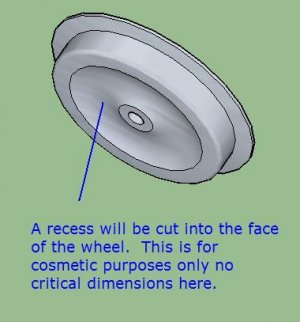
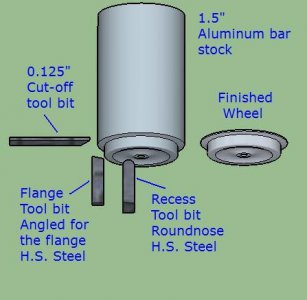
This is my drawing of what my finished bogie will look like:
The Bogie

I'm going to start by making the wheels and axles. The axles will be 0.125" stainless round stock. The wheels will be made from 1.5" Aluminum round stock as shown in the drawing below:
Wheels and Axles

My FIRST QUESTION on PRESS FIT HOLE SIZE:
What size drill will I need to use to get a nice "press fit" for the 0.125 axles?
I want the axles to just press into the aluminum wheels and stay put. Also will I be able to just drill this hole, or will I need to buy a reamer too? The aluminum wheels are 0.250" thick and 1.5" max outside diameter.
I'm planning on cutting a recess on the face of the wheel for cosmetic purposes as shown in the photo below:
My SECOND QUESTION on HOW TO SHARPEN LATHE BITS:
What angles should I use on a H.S. steel lathe bit?
I'll be grinding my own tool bits from scratch using 1/4" tool bits. I'm planning on using a round-nose to do this concave recess, but I'm not sure how to sharpen this bit for best efficiency at cutting aluminum?
Recess

Finally I drew up a picture of how I'm currently planning on doing this whole operation.
1. First I'll drill the center hole.
2. Then I'll cut the cosmetic recess
3. Then I'll cut the flat on the wheel that will actually ride on the tracks along with the angle for the flange at the same time.
4. Finally, I'll use a 1/8" cut-off tool to cut the finished wheel off the aluminum bar stock. The back side of the wheel can just be flat.
My Machining Plan

Just wondering if this sounds like a good plan and if anyone has any suggestions, especially for how to sharpen lathe bits for cutting aluminum. This is 6061 Aluminum.
My THIRD QUESTION on SET UP:
I also may need some help on how to set this up in the lathe. I just ordered the aluminum bar stock. It's not here yet. But it comes in 12" long bars. So I'll need to chuck up a 12" piece in the lathe. My lathe will easily chuck this, but the hole in the chuck is not large enough to allow the piece to go back into the head of the lathe, so this means that in the early going I'll be doing this operation at the end of a 12" long piece of stock.
Is that reasonable? Or should I cut these bars in half first so I'm only working with 6" stubs?
This is my first serious attempt at getting back into machining. I used to do machine work many years ago. But I haven't done anything lately.
By the way my lathe is an Enco combination lathe and milling machine very similar to this one, but not this precise model. They don't make mine anymore but this one looks extremely close in every detail I can see:
Lately I haven't been having much luck sharpening tool bits. I could use a lesson on getting the angles right.
Thanks




















Last edited by a moderator:


